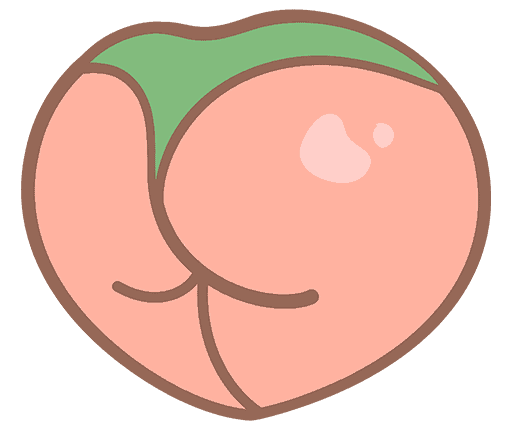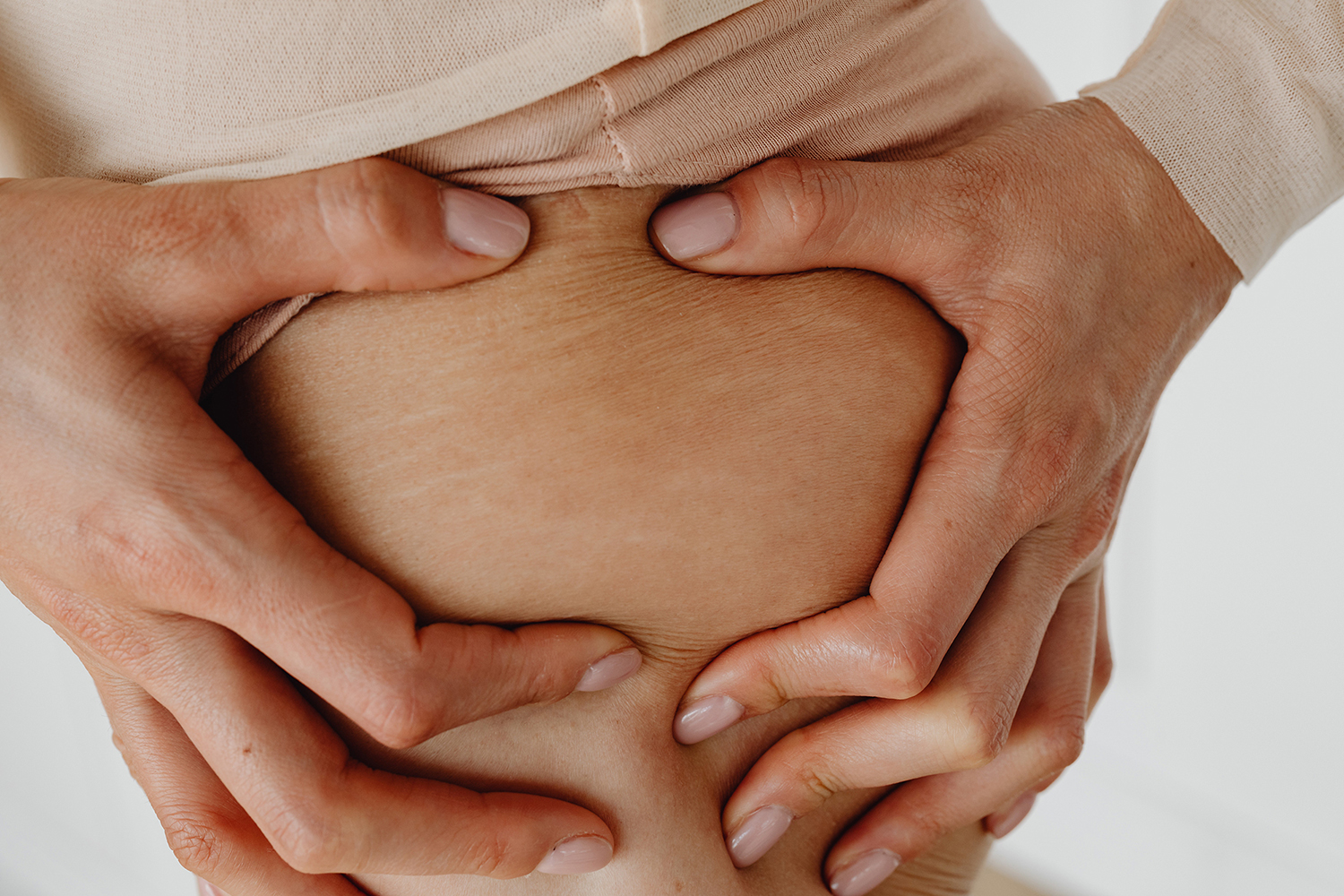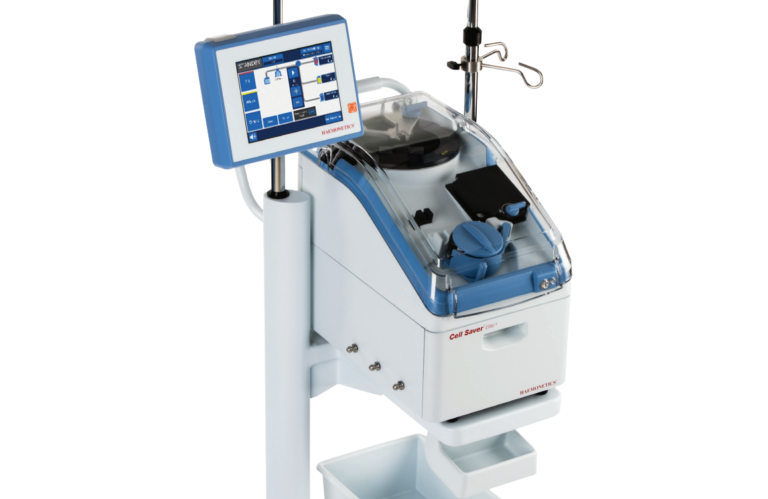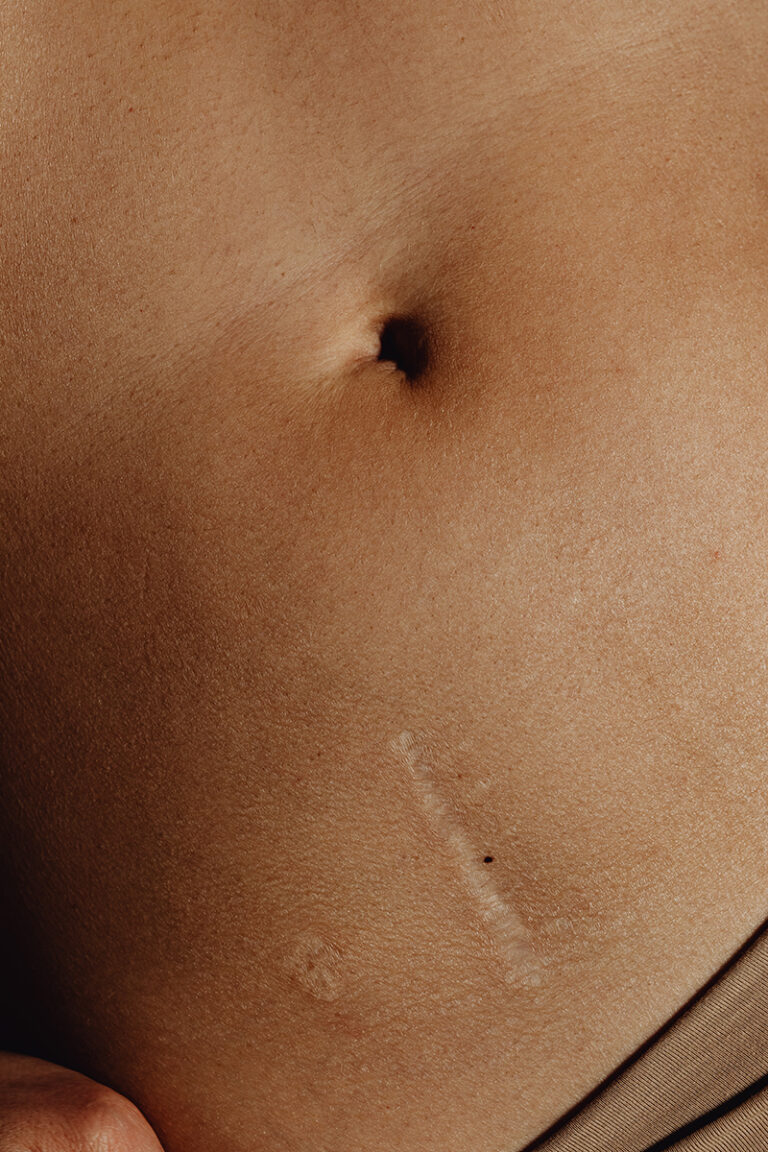Understanding Stretch Marks: Causes, Treatments, and Prevention Tips
In today’s beauty-conscious society, many people strive for flawless, smooth skin. However, one common skin concern that affects individuals of all ages and body types is stretch marks. These unique markings can be a source of frustration and self-consciousness, leading many to seek effective treatments to reduce their appearance. In this comprehensive guide, we will explore the causes of stretch marks, delve into various treatment options, and provide valuable tips for prevention. Whether you’re looking to understand the science behind stretch marks or seeking solutions to minimize their appearance, this guide has got you covered.

What Are Stretch Marks?
Stretch marks, also known as striae, are visible lines or streaks that appear on the skin’s surface. They typically have a different color and texture than the surrounding skin, ranging from pink, red, purple, or brown to silvery or white. Stretch marks can vary in length and width, and their appearance may change over time. They are most commonly found on the abdomen, hips, thighs, breasts, upper arms, and buttocks.
Causes of Stretch Marks
Stretch marks can occur for various reasons. Stretch marks often develop due to several common factors. These include rapid growth and weight gain, pregnancy and hormonal changes, genetic predisposition, corticosteroid use, and certain medical conditions. Understanding these causes is crucial in effectively treating and preventing stretch marks.
Understanding How Stretch Marks are Created
The Role of Collagen and Elastin
Stretch marks are created when the skin undergoes rapid stretching or shrinking, leading to damage in the dermis layer. This damage disrupts the normal production of collagen and elastin, two proteins responsible for maintaining the skin’s elasticity and strength. The inflammatory response triggered by the stretching process further contributes to the formation of stretch marks by promoting the production of scar tissue.
Damage to the Dermis Layer
When the skin stretches beyond its capacity, the connective fibers in the dermis layer can break or tear. This results in the thinning of the skin and the appearance of stretch marks. Initially, these marks may appear red or purple due to the inflammation and increased blood flow in the affected area. As time passes, the color of stretch marks tends to fade as blood vessels contract and inflammation diminishes. Consequently, they often acquire a more silvery or white appearance.
The areas of the body most prone to stretch marks are those where the skin undergoes significant stretching or where the skin is thinner and less elastic. Common sites include the abdomen during pregnancy, hips and thighs during weight gain, breasts during puberty or pregnancy, and upper arms and buttocks in certain individuals.
Treatment Options for Stretch Marks
Although stretch marks are permanent and cannot be completely eradicated, several treatment options exist to help improve their appearance. The effectiveness of stretch mark treatments can vary based on factors such as the age and severity of the marks, skin type, and individual response. These variables play a significant role in determining the outcomes of different treatment approaches. Some common treatment options for stretch marks include:
Topical Creams and Ointments:
You can apply various creams and ointments topically to improve the appearance of stretch marks. These products contain ingredients such as retinoids, hyaluronic acid, vitamin C, and peptides. These products work by promoting collagen production, enhancing skin hydration, and improving overall skin texture.
Microdermabrasion and Chemical Peels:
These procedures involve exfoliating the outer layer of the skin to encourage the growth of new, healthier skin cells. Microdermabrasion uses a handheld device to gently remove the top layer, while chemical peels utilize specific chemical solutions to achieve the same result. These treatments can help reduce the appearance of stretch marks and improve skin tone.
Laser Therapy:
Laser treatments, including fractional laser resurfacing and pulsed dye laser therapy, have the ability to target the affected skin area. By stimulating collagen production, these treatments effectively reduce the appearance of stretch marks. These procedures are often effective for newer, red-colored stretch marks.
Microneedling:
Microneedling involves the use of a device with tiny needles to create micro-injuries in the skin, stimulating collagen production and improving skin texture. For enhanced results, you can combine this procedure with the application of topical serums or platelet-rich plasma (PRP).
Platelet-Rich Plasma (PRP) Therapy:
PRP therapy utilizes the patient’s own blood, which undergoes processing to isolate platelets containing growth factors. Healthcare professionals then inject these platelets into the skin, stimulating collagen production, promoting healing, and ultimately enhancing the appearance of stretch marks.
Surgical Procedures:
In cases of severe stretch marks, surgical procedures such as abdominoplasty (tummy tuck) or laser-assisted liposuction may be considered. These procedures involve removing excess skin and tightening the abdominal area, resulting in the reduction of stretch marks. However, it’s important to note that these surgical interventions come with potential risks and longer recovery times.
Natural Remedies for Stretch Marks
If you prefer natural alternatives or want to complement professional treatments, several home remedies and natural ingredients can help minimize the appearance of stretch marks. While these remedies may not completely eliminate stretch marks, they can contribute to overall skin health and fading of the marks. Some popular natural remedies include:
- Moisturizing with Essential Oils: Applying essential oils like lavender, rosehip, or almond oil to the affected areas can help improve skin hydration, promote collagen production, and reduce the appearance of stretch marks. Massage the oils into the skin in circular motions for better absorption.
- Exfoliating with Natural Scrubs: Gentle exfoliation can help remove dead skin cells and encourage the growth of new cells. Create a natural scrub using ingredients like sugar, coffee grounds, or oatmeal mixed with honey or coconut oil. Gently massage the scrub onto the skin and rinse off with warm water.
- Massaging with Shea Butter and Cocoa Butter: Shea butter and cocoa butter are known for their moisturizing properties. Regularly massaging these natural butters onto the skin can improve elasticity, increase blood circulation, and reduce the appearance of stretch marks.
- Aloe Vera and Vitamin E: Aloe vera gel and vitamin E oil are renowned for their skin-nourishing properties. Applying pure aloe vera gel or vitamin E oil directly to the stretch marks can help hydrate the skin, reduce inflammation, and promote healing. These ingredients can also improve the overall texture and appearance of the affected areas.
- Consuming a Nutrient-Rich Diet: A healthy diet plays a crucial role in maintaining skin health. Include foods rich in vitamins A, C, E, and zinc, as well as collagen-boosting nutrients like protein and omega-3 fatty acids. These nutrients support skin elasticity, promote collagen production, and aid in the healing process.
It’s important to note that while natural remedies can be beneficial, individual results may vary. Consistency and patience are key when using natural remedies to address stretch marks.
Prevention Tips to Reduce the Risk of Stretch Marks
While it may not be possible to completely prevent stretch marks, there are proactive measures you can take to reduce their risk and severity. By adopting healthy lifestyle habits and following these prevention tips, you can promote skin elasticity and minimize the likelihood of stretch mark formation:
- Gradual Weight Gain and Loss: Avoid rapid fluctuations in weight as this can put stress on the skin. Aim for a gradual and steady weight gain or loss by adopting a balanced diet and incorporating regular exercise.
- Hydration and Proper Nutrition: Drink an adequate amount of water daily to maintain skin hydration and overall health. Consume a well-balanced diet that includes fruits, vegetables, whole grains, and lean proteins to provide essential nutrients for skin elasticity.
- Regular Exercise and Strength Training: Engage in regular physical activity to improve blood circulation and strengthen the underlying muscles. Strength training exercises can help tone and firm the skin, reducing the risk of stretch marks.
- Use of Stretch Mark Prevention Creams: Apply specialized stretch mark prevention creams or oils, such as those containing cocoa butter, shea butter, or hyaluronic acid, to keep the skin hydrated and supple. These products can help improve skin elasticity and reduce the likelihood of stretch mark formation.
- Maintaining Healthy Skin: Practice good skincare habits by gently cleansing and exfoliating the skin regularly. This helps remove dead skin cells and promotes cell turnover, aiding in the regeneration of healthy skin cells.
Embracing Body Positivity and Self-Acceptance
It is essential to remember that stretch marks are a natural part of the body’s response to changes. Embracing body positivity and accepting oneself is crucial in maintaining mental and emotional well-being. Stretch marks do not define one’s beauty or worth. Instead of striving for flawless skin, focus on cultivating self-love and appreciating the unique features that make you who you are.
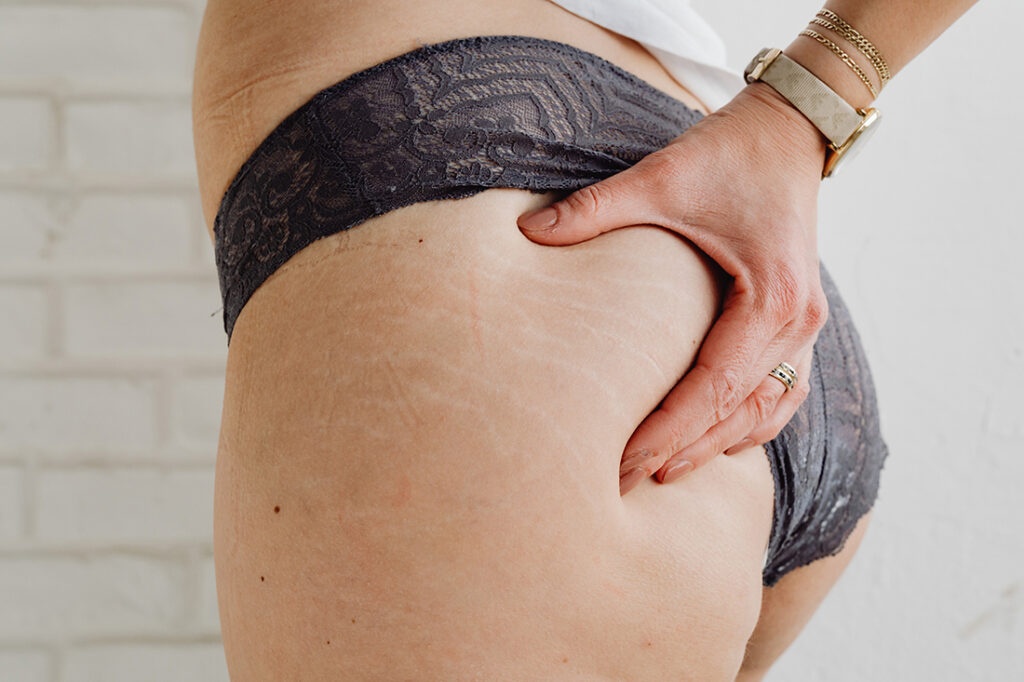
Conclusion
Stretch marks may be a common concern, but they don’t have to cause distress. By understanding their causes, exploring treatment options, embracing natural remedies, and adopting preventive measures, you can effectively manage stretch marks and achieve healthier, more resilient skin. Remember, your body is beautiful, stretch marks and all. Embrace self-acceptance, and let your inner confidence shine through.
Also Read: Lipo Burns: Understanding Ischemia and Recovery
